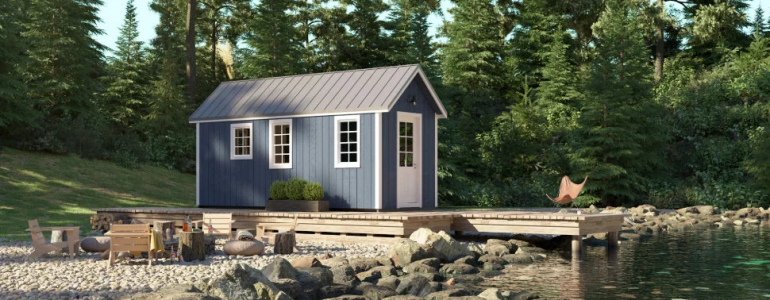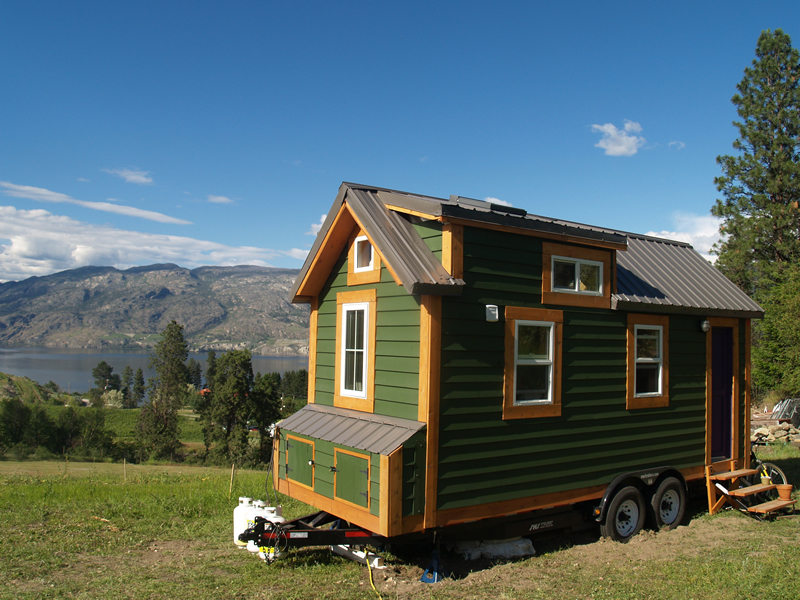Let’s discuss the global spectrum of tiny house adoption
House shortage has been a problem for many years in many countries. Just the ones who are shelterless know the damage and impacts that housing instability represents. Society has made big advances in technology. A good example is the online casino for real money. But, basic needs for human life still need attention.
In this scenario, tiny houses emerge as a solution. Much more than a trend, tiny houses are a possibility for those who struggle to ensure a ceiling over their heads.
It can also be a lifestyle choice for those wanting simplicity, financial freedom, and less environmental impact. This lifestyle means living in a small, often mobile home. It cuts down living space and possessions. Tiny houses are usually between 100 to 400 square feet. This challenges the idea that success equals a large home.
The tiny house movement offers a new way to solve the housing shortage. It supports building small, efficient homes. Tiny houses are affordable and eco-friendly. They need less land, materials, and energy. This makes them available to more people. With real estate prices rising, tiny houses provide a practical solution. They help those who can’t afford traditional homes. Tiny houses also lessen our environmental impact. Their design focuses on community living. This can help solve housing shortages. It promotes a more inclusive and green approach to city planning.
The subtle line between house and storage
Turning shipping containers into tiny houses for large families has caused debate. These homes are innovative and could solve housing shortages cheaply. However, many families feel insulted by this idea. They see it as being offered a storage unit instead of a real home. This undermines their dignity and quality of life. The issue shows a need for affordable housing to be respectful and dignified. It’s important to involve communities in housing design. Solutions should respect people’s cultures and personal values. This ensures homes are decent and dignified for the people living in them.
The Appeal of Tiny Living
On the other hand, one of the most compelling aspects of tiny house living is the financial freedom it offers. By downsizing, people can lower or get rid of mortgage debt. They also save on utility bills and home maintenance costs. This is attractive when housing prices are high. It makes owning a home more possible for many.
The tiny house movement also fits with caring more about the environment. Tiny homes use less energy for heating, cooling, and lighting. This means they have a smaller carbon footprint. Many use sustainable materials and methods. This lessens their environmental impact. The movement supports living with less. You can be happy and comfortable in a smaller space.
Challenges and Considerations
Choosing the tiny house lifestyle comes with challenges. Zoning laws and building codes often don’t fit tiny houses. As example, we can mention those on wheels that are currently seen as RVs, not real homes. This makes finding a legal spot for them hard.
Tiny homes also mean less space. Residents must declutter and use space wisely. This can be hard for families or pet owners. They need to be creative and adjust how they live.
Community and Connection
Despite challenges, the tiny house movement creates a tight-knit community. Social media and forums are full of tiny house tips, advice, and stories. This offers support and friendship. Tiny house fans also meet at events and festivals. They share experiences and show off their homes.
Tiny house living brings people closer to nature. With less room inside, residents spend more time outdoors. They connect with their environment and live more actively. This love for nature and simple living boosts well-being and happiness.
Can tiny house adoption for poor people be a step forward to communism?
Tiny houses for the poor as a step to communism is complex. It mixes economic strategies with political ideas. Communism seeks to end private property and share resources fairly. It aims to remove class differences. Tiny houses for the poor could match communist goals by meeting basic needs and lessening inequality. Yet, offering tiny houses alone doesn’t directly lead to communism. It could be a practical solution to housing problems in various economic systems, like capitalism or socialism. The effect on society and politics depends on the implementation. This includes promoting communal living and integrating into broader policies for fairness and resource sharing.
Is it worth it or not?
The tiny house movement is at the forefront of redefining housing. It offers hope with affordable, eco-friendly homes. This movement addresses housing shortages and promotes a life of simplicity and community. Challenges exist, such as debates over dignity in housing and political implications. Yet, tiny houses encourage us to rethink living standards. They push for dignity, respect, and inclusive policies. Tiny houses are more than a quick fix. They suggest a new way to live, valuing affordability, the environment, and community. This movement is shaping a future where living well means living sustainably and inclusively.




